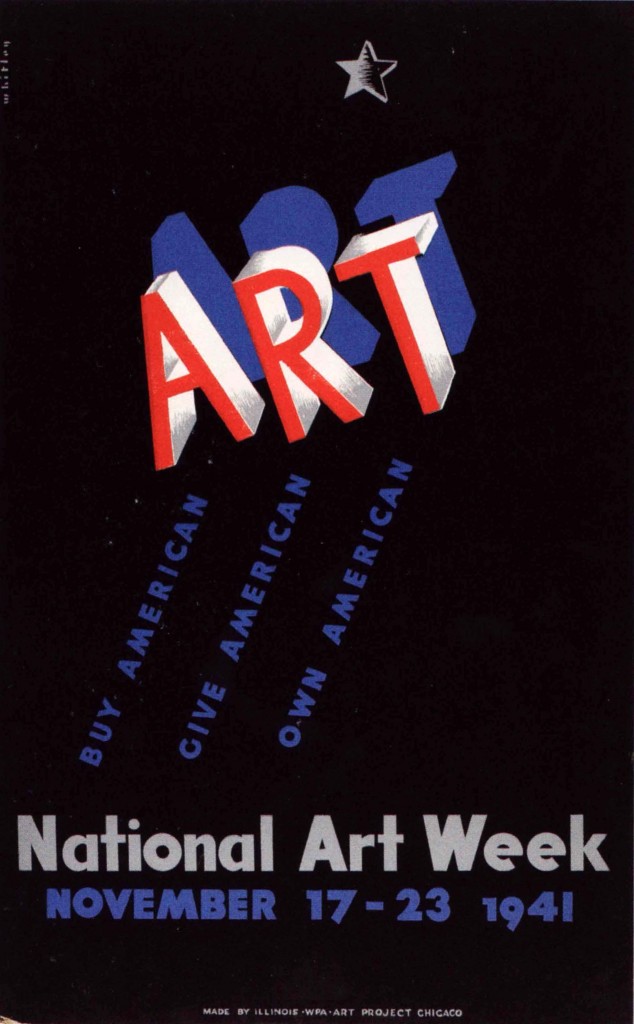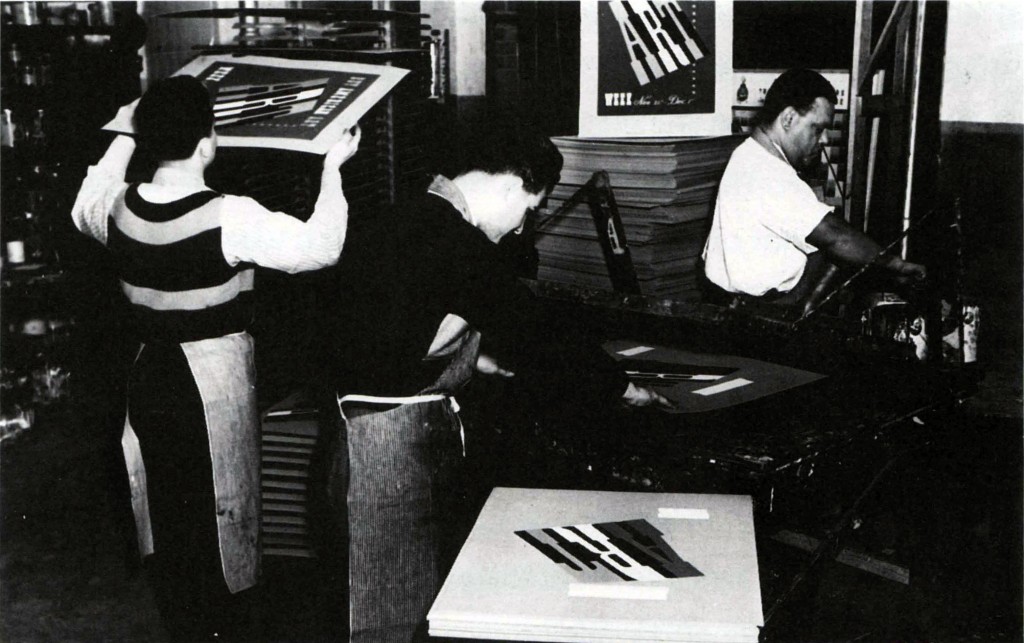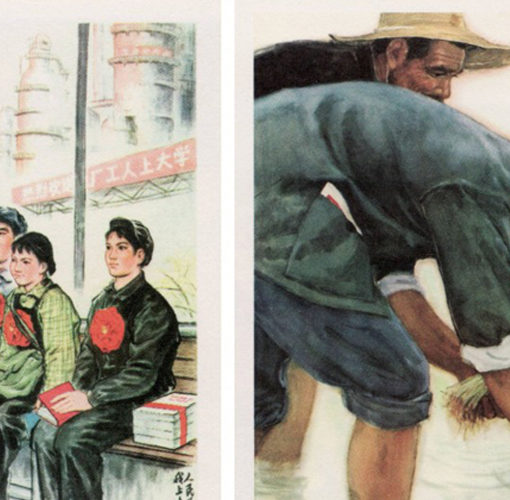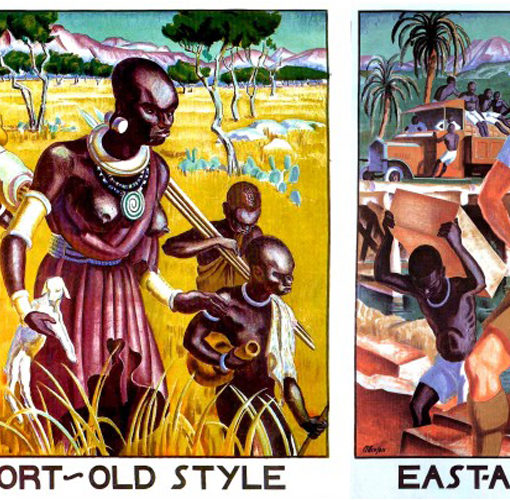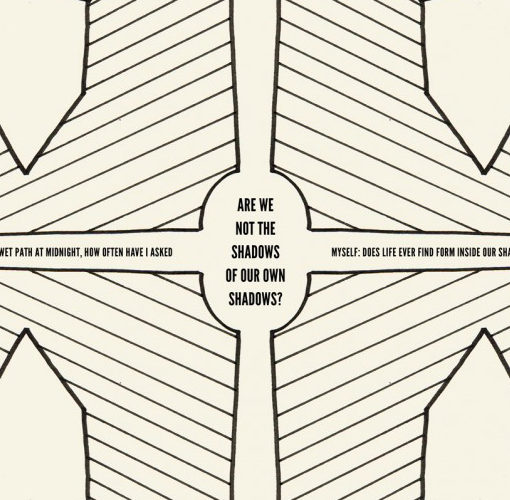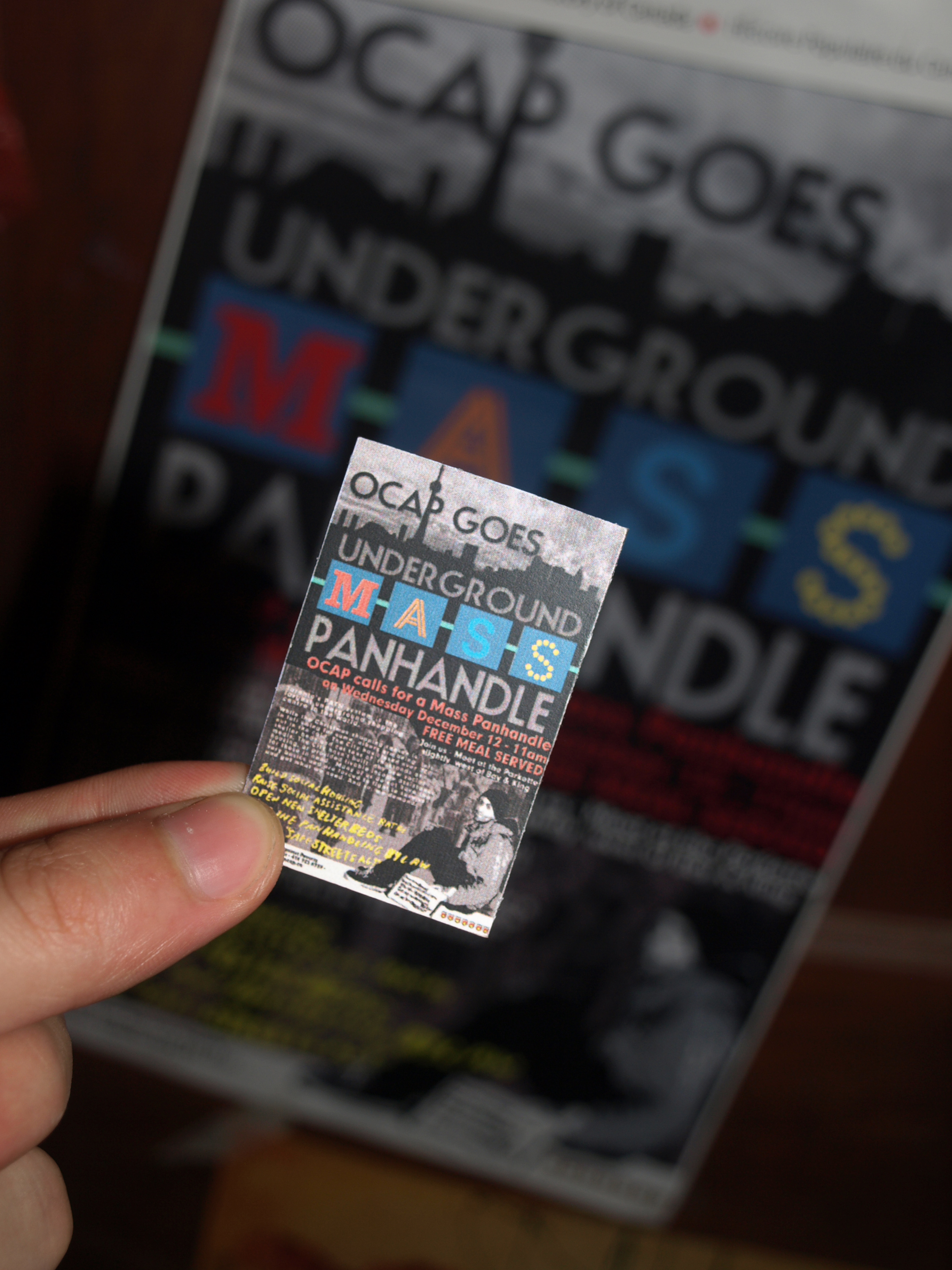I recently read two books on the art of Works Progress Administration (WPA), a federal project that was part of the Depression-era New Deal. Under the WPA’s Federal Art Project (FAP), a significant amount of funding went towards artists and art projects through poster and community mural divisions. The program is credited with playing a major role in the introduction of screenprinting in the United States. The WPA is also recognized as a large-scale precedent for funding the arts through the direct employment of artists by government.
In his “Remembrance of the WPA” (Posters of the WPA, Christopher DeNoon, 1987) artist Anthony Velonis recalls:
In retrospect, we can see that the WPA/FAP allowed artists to continue and advance with their work until the economy was able to absorb their special skills or the newer marketable skills (as in my case) that the habit of creativity engendered. Secretary of Labor, Frances Perkins and F.D.R. rescued a generation of artists to become productive citizens instead of cynical revolutionaries. Still, after all this time, the salvaging of human resources for useful work is a lesson we have not yet learned.
Perhaps influenced by the example of the WPA, in 1986 a group of artists in Canada called the Independent Artists Union (1986) released a policy brief that argued for a government-provided living wage for all artists, with recommendations on items for negotiation and criteria for qualification, while also noting their general support for a societal living wage as recommended by a Senate committee on poverty.
In the quote above, the WPA is credited for providing sustenance to artists, for providing an alternative to (cynical) agitational activity, but the fact the WPA existed at all and the stories of the WPA-era Artists’ Union suggest that the program was a result and significant site of ongoing struggle and contestation. But the quote does raise interesting questions. The agendas of the AU and IAU both focused heavily on securing funding from the state (the IAU used government wages for teachers and doctors as an example), however the IAU also discusses the importance of protecting artists’ “self-determination” through processes of peer-review.
This brings me to another quote, from an older interview with Josh MacPhee from the Justseeds Artist’ Cooperative, where he is asked about the desirability of state funding for artists.
Do you think the state should financially support what you do? What role should the state play if any?
I guess the easy answer is no. But of course answers are never that easy. I think the social body at large should support art. I think the state is this really malignant bureaucratic abstraction of the social body at large. So in that way, I’m not that interested in it supporting me. Though, I am willing to swindle money from it when possible. I think that artists should use state funds when they are accessible, but not depend on them. I’m against the artist whining that they aren’t getting state funding. Maybe it’s generational and if I was ten years older and existed in a time when funds were available, I would feel differently. But in my lifetime the state has been a useless pile of shit. So it’s hard to have any kind of warm feelings towards it.
I tend to agree with Josh’s sentiments here. Art Work: A National Conversation on Art, Labour and Economics put out a newspaper in 2009 to discuss these very issues, with a number of interesting perspectives, many informed by the past but also looking beyond the state as the only possible solution to people’s desires to live with dignity and respect while being able to explore their creative ideas, hopes and aspirations.
Above (middle): Labor Creates All Wealth, Josh MacPhee
Below: Posters for the People: Art of the WPA, Ennis Carter, 2008; Posters of the WPA, Christopher DeNoon, 1987

